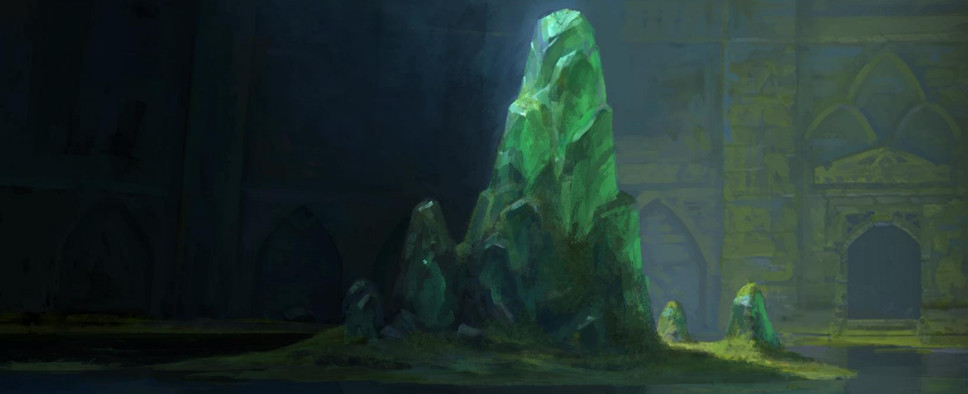Pillars of Eternity Review
-
Category: ReviewsHits: 30166

Article Index
Introduction
Pillars of Eternity is the latest role-playing game from Obsidian Entertainment. It's another Kickstarter success story where game players worldwide have shown a desire to return to franchises from yesteryear. In this case, players were hoping for another Infinity Engine title (which powered the iconic Baldur's Gate, Icewind Dale, and Planescape: Torment games), and that's just what Obsidian delivered.
Pillars of Eternity takes place in a fantasy world that contains a mixture of new and old things. There are familiar races and classes, like elves, dwarves, fighters and priests, that all do about what you'd expect and thus give players something familiar to latch onto, but there are also new wrinkles, like the chanter class, which unlocks invocations by chanting phrases, and the monk class, which powers its abilities by receiving wounds.
But probably the most interesting new idea in Pillars of Eternity is how the game treats souls. Souls are immortal while the bodies they inhabit are only temporary. This changes what it means to die, and it also sets up the introduction to the game, where you learn that babies have suddenly started being born without souls, which means that something is wrong with "the Wheel" that rotates souls between life and death. Conveniently, your main character is a Watcher, which means you're able to interact with souls, and that leads you into the game's campaign.
Character Creation
Your first order of business in a new game of Pillars of Eternity is to create a main character. You get lots of options for this. You get to pick one of six races (including human, elf and "godlike"), one of eleven classes (including druid, priest and ranger), one of 17 backgrounds (which give a small bonus to skills), and one of seven cultures (which give a small bonus to attributes). Most of these options don't mean a whole lot -- they're balanced, and they almost never come up in dialogue -- and so there isn't much difference between playing a merchant orlan from Aedyr or a mercenary dwarf from the Living Lands.
But the classes are unique and interesting, and you can definitely tell which one you're playing. For example, all of the casting classes have different mechanics. Priests and wizards basically use regular D&D rules where they memorize a certain number of spells when they rest, and those are the only spells they have available. Meanwhile, chanters and ciphers can use as many invocations / powers as they want, but they have to unlock them by chanting phrases / damaging enemies to gain focus. Even the melee classes have some differences (although less than the casters). Barbarians can effectively deal with crowds, paladins can become defensive specialists if they maintain their reputation, and rangers can work in synergy with their animal companion to add extra damage.
Each character is also defined by six attributes (including might and intellect) and five skills (including lore and mechanics). You finalize a character's attribute values when you create them, but you build up their skills as you level them up. The most interesting thing here is that only the attributes and skills of your main character are checked during conversations, but when you have an environmental interaction, such as trying to climb a steep cliff or jumping across a chasm, you can use the most appropriate character in your party, so it's best to specialize your companions and keep your main character a jack of all trades.
Finally, characters can learn talents and abilities as they level up. Talents are usually passive bonuses, and they include things like weapon specializations and ability improvements. Abilities are usually active combat maneuvers, and they're specific to each class. Some examples of abilities include Unbroken for fighters, which allows them to get back up after being defeated in battle, and Stunning Shots for rangers, which allows them to stun enemies when they crit. As with other parts of character creation, there are lots of talent and ability options for each character, which allows you to build them up in a variety of ways.
Along with your main character, you can also recruit up to five companions to join you. There are eight companions available in the game, each one with a quest and a story to tell, but if you don't like them, then you can also create your own companions from scratch instead. The built-in companions are a little on the dull side (they're not going to generate the same sort of love/hate conversations like the companions from, say, the Dragon Age games), so there isn't much of a downside to skipping them. But with eight companions, eleven classes, and a party of six, you can easily play the game twice just to try everything out.

